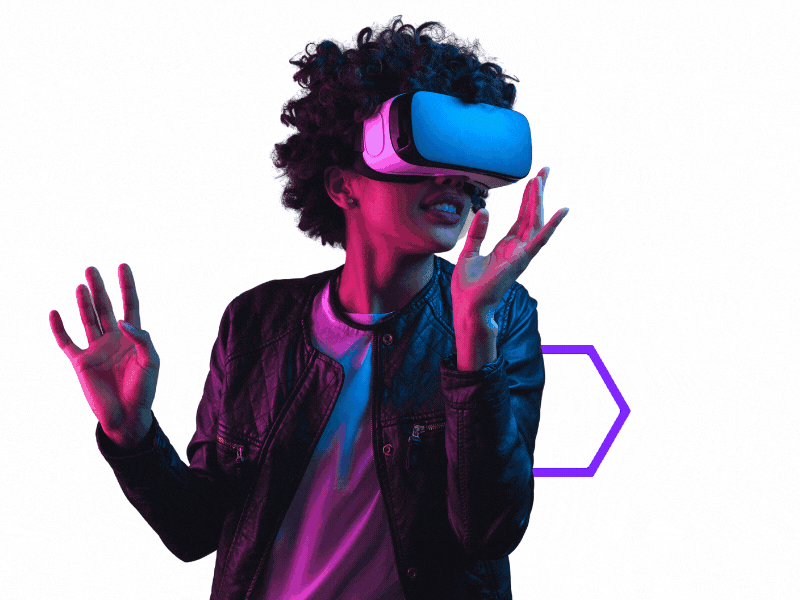Virtual Reality (VR) encounters are revolutionizing our interaction with technology. By submerging users in a completely emulated environment, VR provides an unmatched degree of engagement and authenticity.
What Sets VR Experiences Apart
Virtual reality (VR) experiences are a form of immersive technology that transport users into a computer-generated environment, providing a sense of presence and interaction with the virtual world. What sets VR experiences apart from other forms of media and technology is the level of immersion and interactivity they offer.
VR experiences use special goggles that cover the user’s whole field of view. This makes the experience feel real, like being inside a virtual world. The goggles have high-quality screens and lenses to make the visuals look lifelike and detailed.
In addition to visual immersion, VR experiences also incorporate spatial audio to enhance the sense of presence. Spatial audio technology allows sounds to be positioned in 3D space, creating a realistic audio environment that matches the visual experience. This adds another layer of immersion and helps to create a more convincing virtual world.

Another aspect that sets VR experiences apart is the level of interactivity they offer. Unlike traditional media such as movies or video games played on a screen, VR experiences allow users to actively engage with the virtual environment. Users can move around, interact with objects, and even manipulate the virtual world using specialized controllers or hand-tracking technology. This level of interactivity adds a whole new dimension to the experience, making it feel more like a real-world interaction rather than a passive observation.
Here is a comprehensive list of what makes VR unique:
1. Full Immersion in 3D Virtual Environments:
VR’s ability to place users directly into a 3D environment allows them to explore and interact as if physically present. This level of immersion is unique to VR and unmatched by traditional gaming or media platforms.
2. Realistic Interactivity with Virtual Objects:
Through specially designed controllers and sensors, VR provides opportunities to touch, manipulate, and even feel virtual objects. It enhances user engagement by creating a tangible connection to the virtual world.
3. Customizable and Imaginative Environments:
VR technology enables the creation of diverse environments, from historical settings to fantastical landscapes. Its adaptability makes it ideal for various applications like education, training, entertainment, and therapy.
4. Enhanced User Engagement and Experience:
The immersive and interactive nature of VR captivates users, engaging multiple senses. Whether for gaming, education, or professional training, VR provides a deep and meaningful connection.
5. Therapeutic and Specialized Training Uses:
VR’s controlled settings offer unique benefits in therapies like PTSD treatment and specialized training such as surgical procedures, providing a risk-free space for practice and learning.
6. Innovative Social Interaction Opportunities:
Far from isolating, VR enables users to meet and interact with others virtually, enhancing remote collaboration and social engagement in a unique virtual setting.
7. Unprecedented Accessibility to New Experiences:
VR’s power to replicate otherwise inaccessible experiences, like space exploration or deep-sea diving, opens new horizons for exploration and discovery.
Revolutionize Digital Content
VR experiences can cater to a wide range of interests and applications. They can be used for entertainment purposes, such as gaming or watching immersive movies. They can also be utilized in various industries for training simulations, architectural walkthroughs, virtual tourism, and even therapeutic applications. The versatility of VR experiences makes them a powerful tool for education, training, and entertainment.
Overall, what sets VR experiences apart is the combination of immersive visuals, spatial audio, and interactive capabilities. This unique combination creates a sense of presence and engagement that is unparalleled by other forms of media and technology. Whether used for entertainment, education, or professional applications, VR experiences have the potential to revolutionize the way we interact with digital content and the virtual world.

